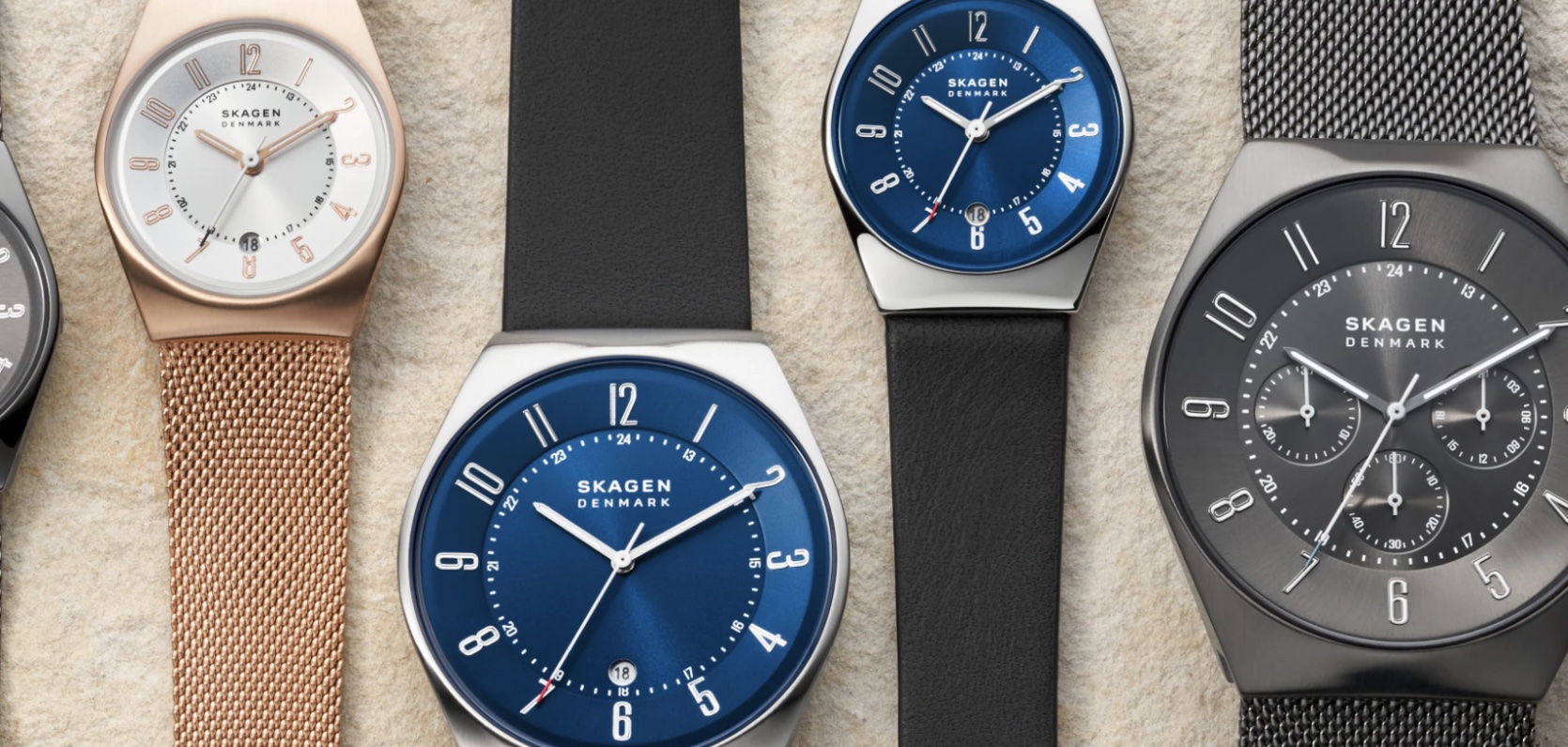Emergency department (ED) overcrowding continues to strain healthcare resources and harm the patient experience. Patients continue to treat the emergency room as a catch-all for their emergent (and some non-emergent) conditions, while in reality, many would be better suited to receive treatment at an urgent care (UC) clinic – where they could also be seen in a fraction of the time. It’s up to urgent care clinics to help patients understand urgent care is a completely viable, likely better option.
There are many ways to address this through marketing, but success is largely contingent upon reaching different audiences who consume information in different ways. In healthcare, it’s easy to segment by generation and consider how each age group would best be reached. Technology is a crucial asset here, but UC owners and marketers must also consider the varying levels of comfort with tech.
There is no one-size-fits-all solution to meeting the needs and expectations of today’s patient population, so the urgent care industry can use intel from each generation to reach them, help them understand the best course of action on a case-by-case basis, and improve care delivery.
Finding an Identity
WD Partners conducted a survey on how 2,600 consumers between 18 and 80 years of age used and perceived primary care practitioners (PCPs), retail clinics, and urgent care. Results showed that Gen Z and Millennials are progressively looking to move away from the PCP’s office and toward more accessible, low-cost options. As for the older consumers, even though 90% prefer PCPs, lack of familiarity was the top reason that Boomers (44%) and the Silent Generation (50%) reported not considering urgent care facilities for services. As healthcare deviates from the classic PCP model, confusion grows about which alternative provider will best suit consumers’ needs. Establishing a firm identity for urgent care by clear up messaging surrounding where to seek care for various symptoms and ailments will ultimately drive revenue growth for the industry.
Additionally, according to a National Library of Medicine article, an increase in presentations by the elderly is one of the top reasons EDs are struggling. The number of nonurgent and unnecessary visits were also cited, among other factors, emphasizing the missed opportunity for these folks to seek care at an urgent care clinic. This missed opportunity comes down to less-than-sufficient communication and messaging: urgent cares need to find a way to let these patients know they can help with these types of concerns.
Reaching each generation
What patients want is fairly consistent across the generations (after-hours care, convenience, and accessibility). How patients want to receive information, though, varies – particularly by age group – so to optimize success, urgent cares should build diverse and tailored marketing strategies.
Older generations may not be as tech-savvy as others, but Baby Boomers and the Silent Generation should not be mistaken as tech-incompetent. The biggest hurdle urgent cares have with these groups is their loyalty based on familiarity. To redirect this patient population to urgent cares, messaging should focus on how UC can provide services that they cannot get with their PCP and highlight that they don’t need to waste time and money in the ED.
Gen X, on the other hand, is particularly skeptical of healthcare claims, so there is a general mistrust of healthcare establishments and advertising. This group is responsible for making or influencing medical decisions not only for themselves, but potentially also their parents and their children, making them an extremely valuable target group for this clarifying messaging.
For millennials, who were raised with the internet, convenience and technology are top of mind; however, they also lack trust in services that have not embraced technology thoroughly. Millennials seek out healthcare providers who offer virtual appointments, online booking, and pricing transparency, and they are open-minded when it comes to alternative care options – making them a more adaptable patient population. Urgent cares should lean in here in order to reach the millennial population.
Generation Z has a powerful impact on the healthcare industry as consumers. This group is most likely to be open-minded when seeking care, so urgent care has an opportunity to gain their trust – and, hopefully, lifelong patients and advocates. Wait times are top of mind for Gen Z, and UC should capitalize on this attitude by touting their comparably fast service.
As consumer preferences change, healthcare must evolve. In the case of older consumers, familiarity breeds loyalty. Baby Boomers and the Silent Generation value longtime PCP loyalty as they have more complicated medical histories and typically need more extensive care. Gen Z and Millennials, on the other hand, look for convenience, speed, and ease of access – all of which are characteristics of urgent care. UC operators must be flexible, tapping into each of these audiences strategically through different forms of communication.
A time and place for tech
With virtual appointments, online booking, waiting room/treatment times, mistrust in technology, and accessibility all playing into the healthcare consumers decision-making, urgent care must also take aspects of care into consideration as they utilize technology to improve a practice and its operations. Patient engagement solutions can help urgent care clinics address these concerns from top to bottom. They allow patients to make appointments through clinic websites; provide virtual waiting rooms; offer wait time transparency; and more. As for treatment room time, if providers are spending significant time on charts, a clinic’s EMR is likely not as efficient as it should be. Technology being implemented should reduce manual efforts through automation and speed up processes so that providers aren’t spending time on menial tasks instead of with patients.
Along with technology in practice clinically, it’s also the best tool to reach each generation of patients. From paid digital ads, blog or website content, email campaigns and podcasts, to social media, new outlets, or television and radio – there are numerous pathways through which urgent care can most effectively reach each group by knowing their comfort with consumer-facing media and technology that is available. For example, Boomers typically get their news from television and radio outlets, but those traditional news sources are not lucrative options for Millennials or Gen Z. These two groups more commonly source their information from digital media such as paid ads, podcasts, or social media which point to the accessibility to information they like to have at their fingertips.
Communication with patients should be a top area of focus as urgent cares look to develop their marketing strategies, tailored to each generation they are trying to reach, with an eye toward relieving unnecessary demand on emergency departments. With its on-demand nature, urgent care can give patients the care they need in the timeframe that other care sites are typically unable to deliver. Investing in the right technology to engage with patients supports this effort and is essential to deliver care and even exceed their expectations. A tailored approach to marketing these services will boost urgent care by helping clinics best serve their communities, setting them up for long-term business success.
Photo: elenabs, Getty Images
Dr. Barlow’s experience spans various facets of healthcare, from Emergency Room Medical Director to Senior White House Physician, to CMO at the nation’s largest urgent care provider. His expertise and enthusiasm for the industry position him to uniquely address the most pressing systemic challenges that have long faced on-demand care. Dr. Barlow holds an MD from Uniformed Services University School of Medicine and had achieved Board Certification in Emergency Medicine.



